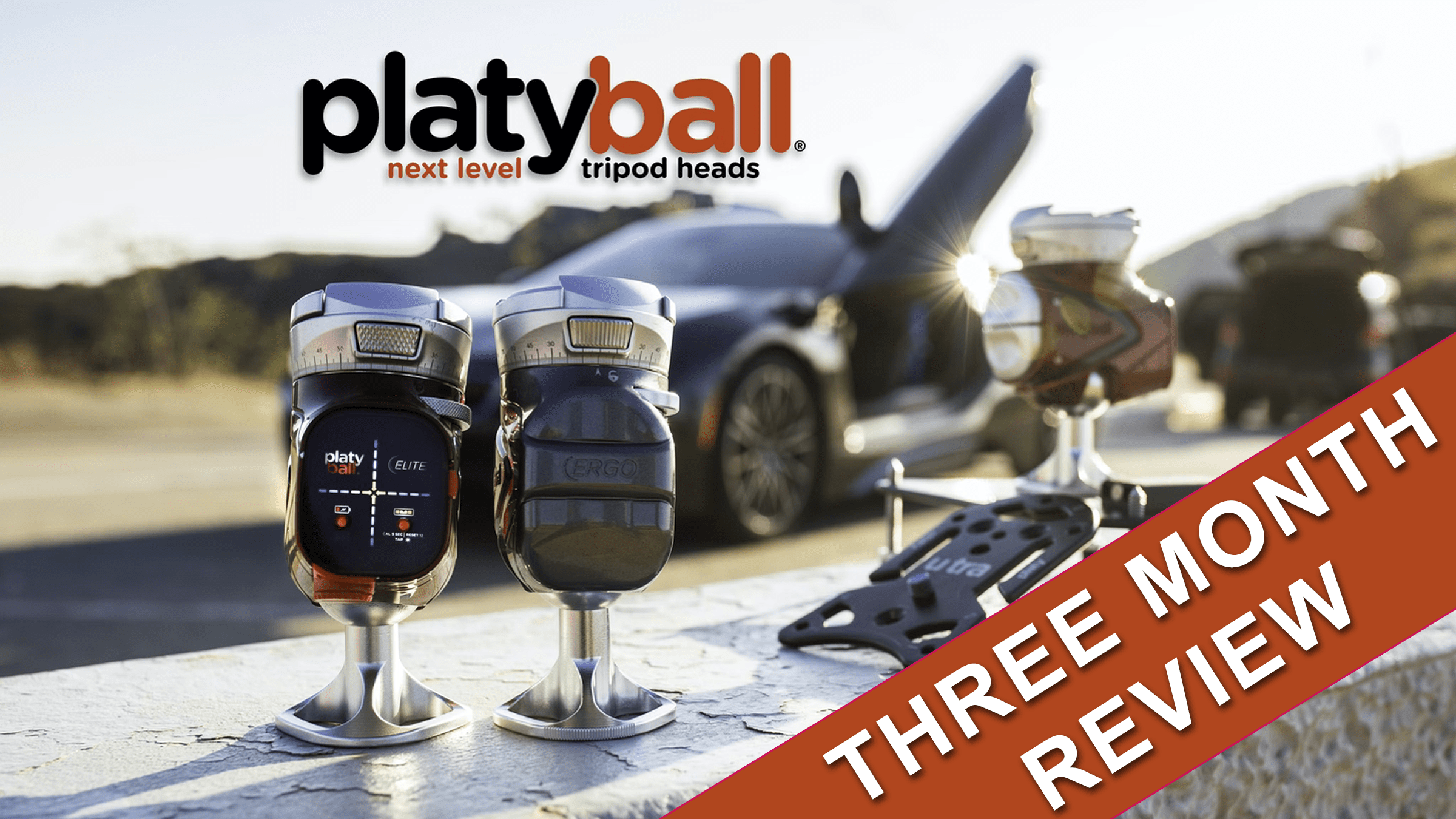March 30, 2022
Platyball Tripod Head review
After three months of using the Platyball tripod head, how is the innovative design working in day to day use?

I wrote about an innovative new tripod head that I’d just received in mid-January. The Platyball, developed via a Kickstarter, promised many improvements on a traditional head. I’ve been shooting with the Platyball now for almost three months. I feel like I have had enough use to determine if the design stands up to its claims.
What do I love about Platyball?
Whenever I buy some photography equipment, particularly if it’s replacing something else, I want it to solve a problem better than its predecessor. Issues I have had in the past fit into a few themes. Not being able to hold heavy lenses, the adjustment process is fiddly, and when adjusting, it isn’t easy to be accurate.
On all three of these topics, I can safely say that Platyball is doing a better job than any other head I have used in the past. I like to shoot panorama images on long lenses as they cause less distortion at the edges. Previously I would have had to shoot slightly wider because a 70-200mm lens would slip after tightening the tripod head mechanism. Using the Platyball button method of tightening the position of the head locks the angle of the head exactly where I want it, even with my new 70-200mm Canon RF lens.
That same two-button method has made adjusting the shooting position a breeze. It will take a week or so to get used to using buttons to adjust. Once you are switched over, you’ll wonder why you ever bothered tightening screws or twisting dials. Press the bottom button to release the tension on the head, reposition, and then press the top button to increase the hold.
Over the past three months, we have had hot and cold weather. Even on the chilliest days, working the Platyball head has been so much easier to use, and I can highly recommend it.
Can it all be good?
If it sounds so far like everything is impossibly positive, then I have to admit that there are a couple of issues with the Elite version of the Platyball tripod. The first is the digital spirit level. I opted for the more expensive version of the Platyball, which includes built-in tech to determine if the head is level. After not much use, the battery has already run out, despite a power-saving auto switch off. I’m guessing it’s either not working or how I am storing my tripod is constantly switching the head back on. To be frank, I don’t miss this function as my Canon R5 and R6 cameras can both display a level on the screen. Thanks to the upside-down design of the Platyball, as long as the camera is level, panorama shots will also be level. Given the choice of the Elite over the Ergo, I would save a few pounds and buy the version without the digital display.
My second reason for not wholeheartedly recommending buying a Platyball head is that you just can’t get them! The deliveries for the Kickstarter campaign have been pretty much fulfilled. The only way you can buy now is to put your name down on a pre-order list. There are just 76 Elite heads available, and all the Ergo heads have sold out. Keep an eye on the Platypod website over the next few weeks. I am sure that as the waitlist orders are produced and delivered, they’ll be opening up such a great product to more orders.
I’ve got no hesitation in stating that this is the best tripod head you’ll ever use. Yes, it’s expensive at $360 (approx. £275) for the Elite and $285 (£215) for the non-digital Ergo model. That is comparable with most professional heads in the big scheme of things. For the price, you’ll be getting the most stable and controllable head on the market.
Give us your feedback
If you’ve got any questions or comments, leave them below. You can sign up for the Edinburgh Photography Workshop monthly newsletter, where you’ll get regular updates on exciting things happening in photography and some great tips. Sign up by clicking here.
About the author
As well as running Edinburgh Photography Workshop, Rich Dyson is a professional photographer. His photographs are regularly used in newspapers such as The Times, Guardian and Daily Telegraph. He also had two solo exhibitions as well as being featured in a members sponsored exhibition in the Scottish Parliament. You can see and buy his photography at richdysonphotography.com